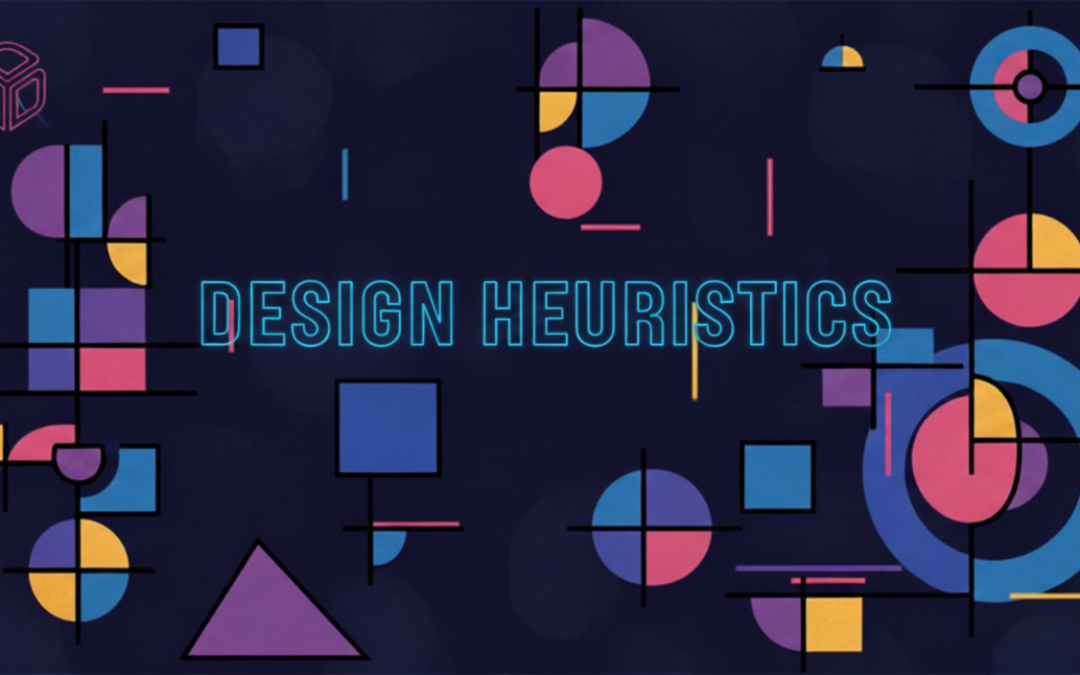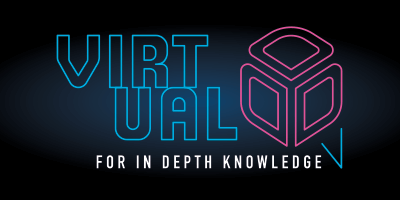
by Organisers @virtualddd | Nov 11, 2025
Description After a chaotic exploration for a big picture eventstorming, we can have over 2-300 domain events on our paper roll. To start sorting and structuring these domain events, we use a pattern called Pivotal or key events. These are events that the group and...

by Organisers @virtualddd | Nov 7, 2025
Recognise that not all team members want to be involved in every architectural decision, and this is acceptable. Forcing participation can be counterproductive; their silence may indicate a lower psychological safety or a preference to focus elsewhere. The goal is to...

by Organisers @virtualddd | Nov 7, 2025
Use phrases like ”adopted despite” to list the known downsides of the chosen option. This formally acknowledges dissenting viewpoints and trade-offs directly within the decision record. It helps people feeling more heard and provides a more complete picture of the...

by Organisers @virtualddd | Nov 7, 2025
After a decision is taken, immediately ask the group: “What do you need to go along with this?” This shifts the focus from debate to constructive action and identifies necessary support. A decision’s success depends on the team’s ability to execute it. Example After...

by Organisers @virtualddd | Nov 7, 2025
Break large, multifaceted decisions into a series of smaller, more focused ones. This isolates areas of disagreement, allowing the team to make progress on the majority of points. It prevents a single objection from derailing the entire initiative. It also avoids...






